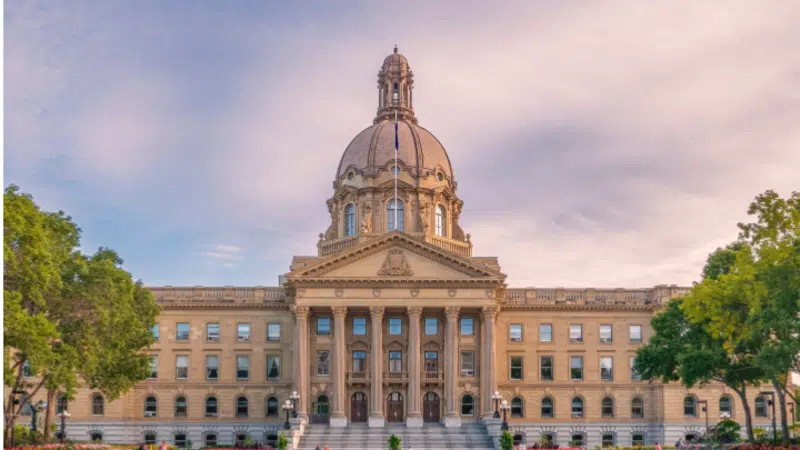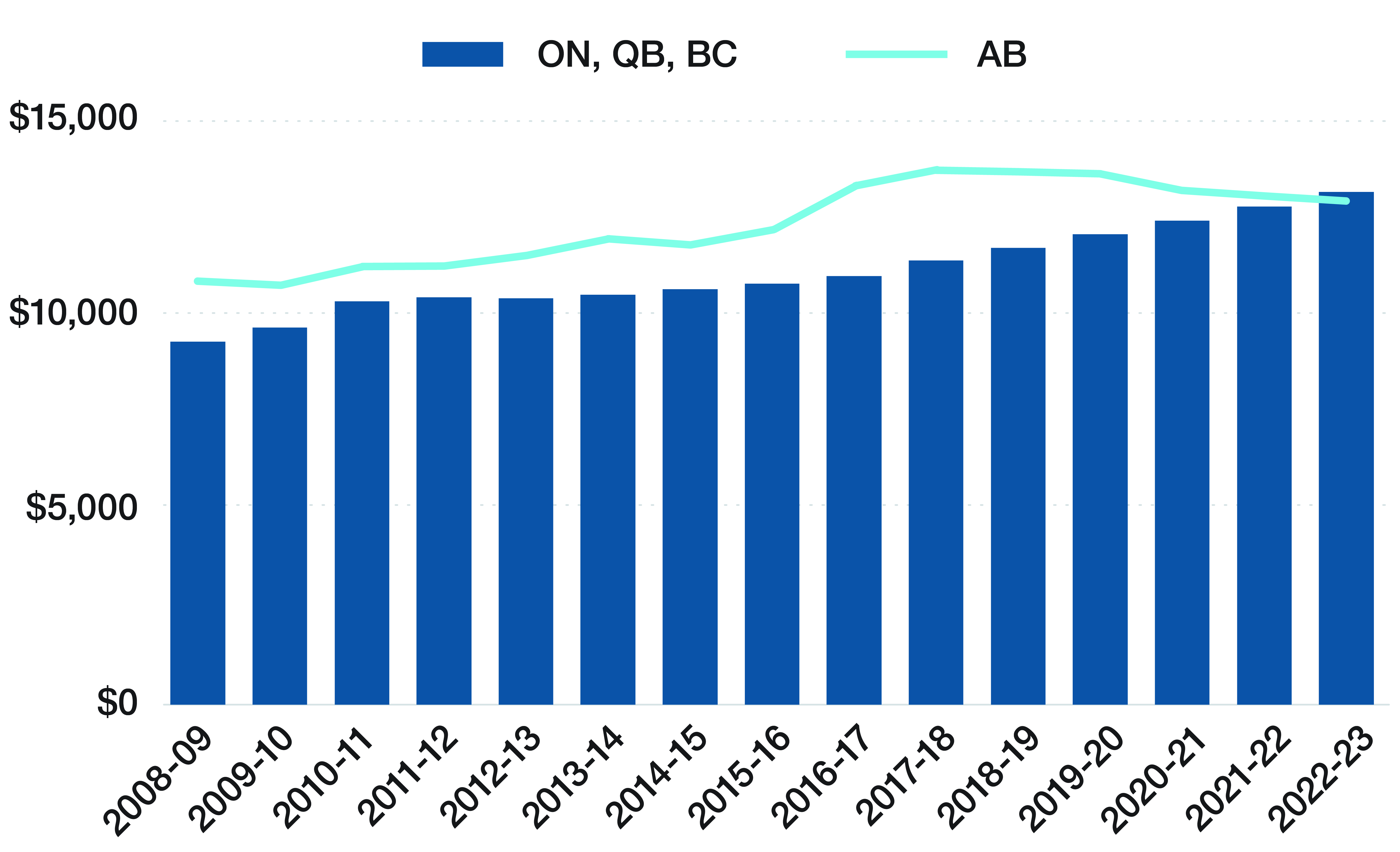
Budget 2019: Debt still grows but path to balance mapped out
Calgary, AB – With a mountain of debt for Albertans to climb out of while being weighed down by low commodity prices for oil and gas, Alberta’s 2019 budget is still boasting the lowest tax rate in Canada, a position it’s held for a number of years, if not decades. But the debt peak will not be getting easier to climb with this year’s budget projecting a $22 billion debt increase over the next four years.
Despite this, Finance Minister Travis Toews called today a, “good day for Alberta,” as he outlined how the province will return to a balanced budget by 2023.
But there will be a price to pay for keeping the province the lowest taxed in the country and making it even more competitive and comparable with all but a few U.S. jurisdictions by the end of the current provincial government’s term.




